SUMMARY
This is AI generated summarization, which may have errors. For context, always refer to the full article.
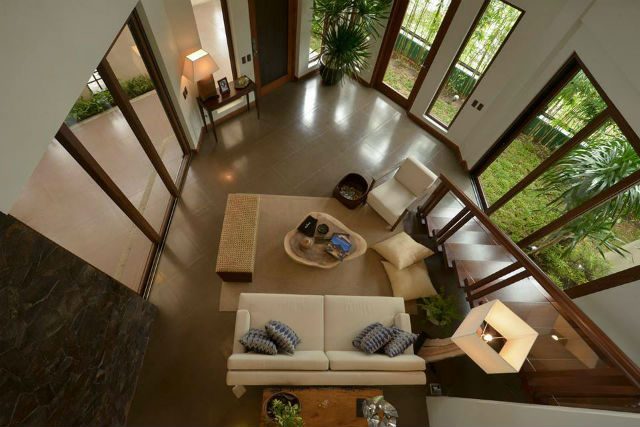
MANILA, Philippines – In a tropical country like the Philippines, heat and humidity are our constant companions. They’re also the culprits behind most homes’ largest energy costs. Surprisingly, though, there are homes that are significantly cooler than others all throughout the year. Their secret? Climate-conscious design.
“Some designs just don’t make sense in a tropical climate like ours,” says Architect Gelo Mañosa, son of iconic Architect Francisco “Bobby” Mañosa and CEO of design firm Mañosa & Co. “When designing a home, you need to keep in mind the conditions that surround it. A house designed, for say, Finland, might be beautiful, but not appropriate for the reality of Philippine climate.”
According to Gelo, there are 3 very important factors to consider when designing for hot and humid climates like ours: Direct Solar Radiation, Orientation, and Wind Direction.
“If you want a cooler home,” he says, “what you want to do is maximize passive cooling and minimize ‘heat gain.’” A well-thought-out design, which includes choosing the right materials, proper sun protection, landscape design and proper orientation, can make an enormous difference.”
With this in mind, here are Architect Gelo Mañosa’s top 10 tips for creating cooler homes and ultimately cutting energy costs.
Tips to Beat the Heat:
1. Use light colors for your home’s exterior.
“One of the biggest mistakes a person can make in a country like ours is to use dark colors for external walls,” says Gelo. Dark colors absorb the sun’s energy and retain heat for much longer. Stick to light colors, which reflect the heat from the sun and keep it away from your home.
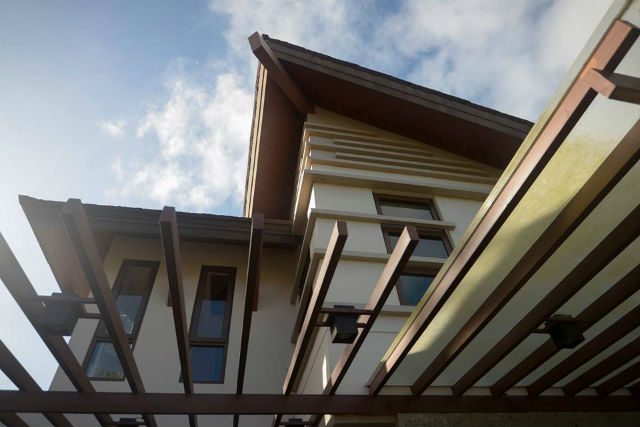
2. Insulate your building envelope.
The building envelope is the physical separator between the interior and the exterior environments of a structure. “A well-insulated building envelope gives you less heat gain, so your home cools faster and your appliances don’t have to work as hard,” Gelo points out.
Insulating an already existing structure can be costly, depending on the method you choose – but it’s well worth the investment in the long run. “If you’re looking for a quick and relatively economical fix to an existing roof, look into a polyurethane foam spray for your roof,” he suggests. Aside from waterproofing, it also helps to insulate your home from the sun’s heat.”
3. Create shade.
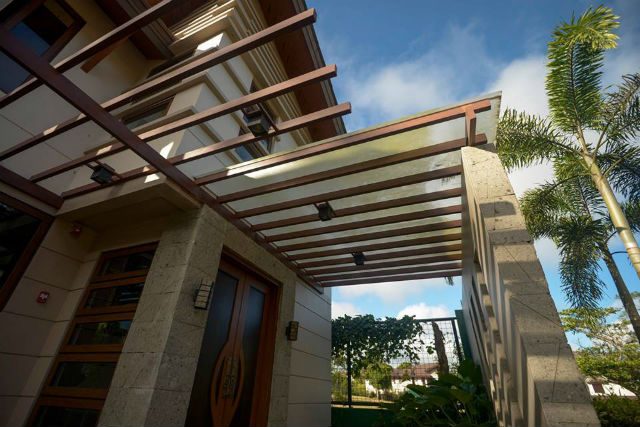
“Keep the sun away from your house!” Gelo stresses. “The cooler you can keep the interior of your house, the less you have to spend on air conditioning. Indoor shade is helpful, but doesn’t keep the heat out. External shade — eaves, overhangs, sunshades, even trees and plants to block the sun’s rays … these are more effective.”
Luckily, there are many options for adding shade depending on your budget. “If you don’t want to spend too much, even adding a tree or plant box outside a window that gets direct sunlight can be a big help. If you can’t do that, using solar tint for your windows can be helpful in deflecting heat as well.”
Tips to Optimize Air Flow:
“Naturally, the more openings in a house, the better the air flow. But too many windows also bring in heat,” Gelo says. There is a balance between the two, though, and there are ways to design and optimize the openings to create more efficient air flow for a cooler home.
4. Allow for cross ventilation.
Cross ventilation is a natural form of wind ventilation that drives air from openings at one side of a structure through to the other. Its success depends on the tightness of the building envelope, the position and size of your openings (windows, doors, vents) as well as the path in between the two sides of the house.
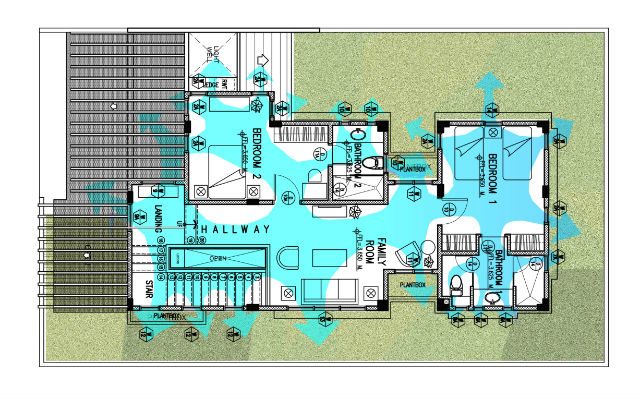
“Naturally, you need to know beforehand the direction in which the wind blows. And of course, it goes without saying that cross ventilation is only effective if you actually keep your openings OPEN,” Gelo says.
5. Play with squeeze points.
When wind enters through a smaller opening and exits through a bigger opening, that’s a ‘squeeze point.’ This creates a natural vacuum which increases wind velocity. “We usually incorporate squeeze points into our designs, but in an existing home, you can actually create the same effect by opening the window or door receiving the breeze a little less than the one on the opposite wall.” One just needs to understand where the wind comes from at different times of the year, as the wind changes depending on the month.
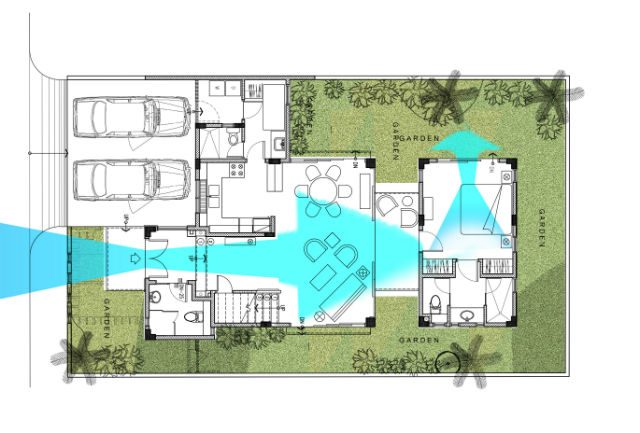
6. Let the prevailing wind enter at an oblique angle.
You get better air circulation when the wind enters the opening of your structure at an oblique angle of about 45-50 degrees. When wind passes through an oblique angle, it causes interior air to be more turbulent, allowing air to hit the corners of the structure.
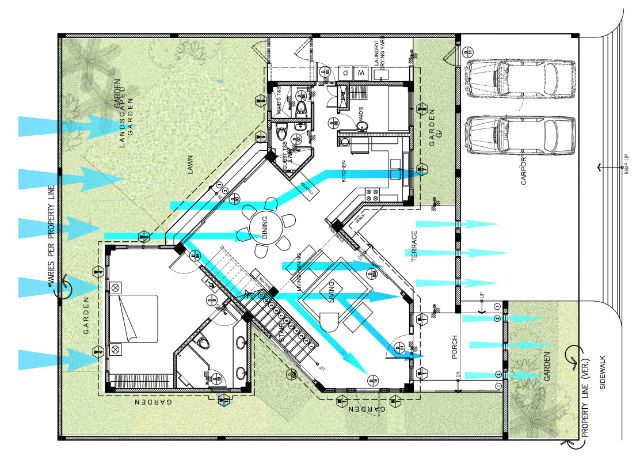
7. Create a stack effect.
A stack effect is when warmer, lighter indoor air is displaced by cooler and denser outdoor air. If you create an opening high in the building and another low in the building, this causes a natural flow. If the air inside your structure is hotter than the air outside, the stack effect will make it float out the top opening, to be replaced with cooler air from outside.
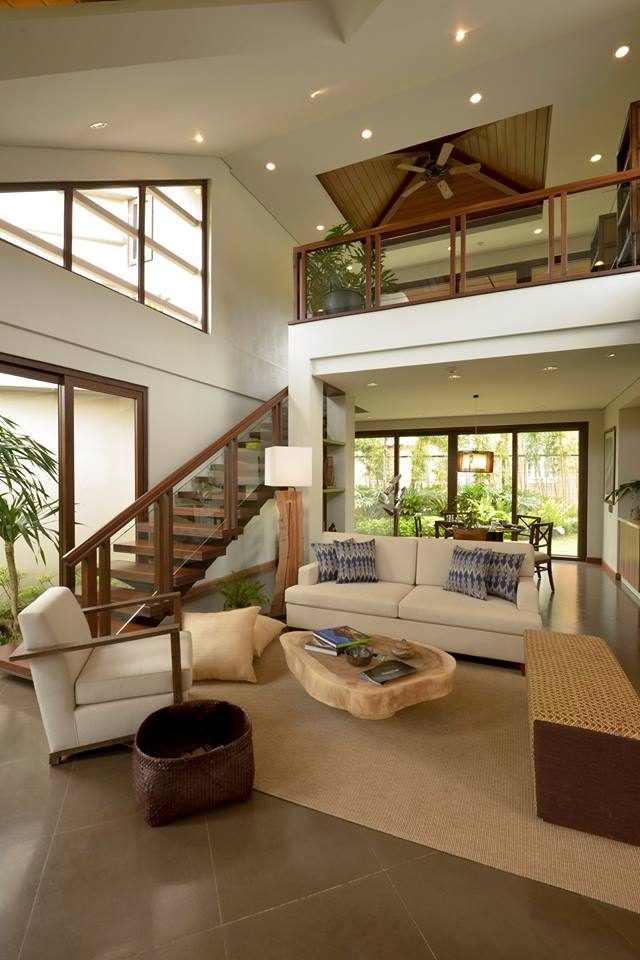
8. Use fans to promote better airflow.
Hot air rises and escapes through the higher parts of your home. You can help it escape faster by pushing the air upwards with the use of fans. If you have standing fans, position them to move the hot air in the direction you want it to go (up). If you have a ceiling fan, it should be spinning counter-clockwise to push hot air up and out.
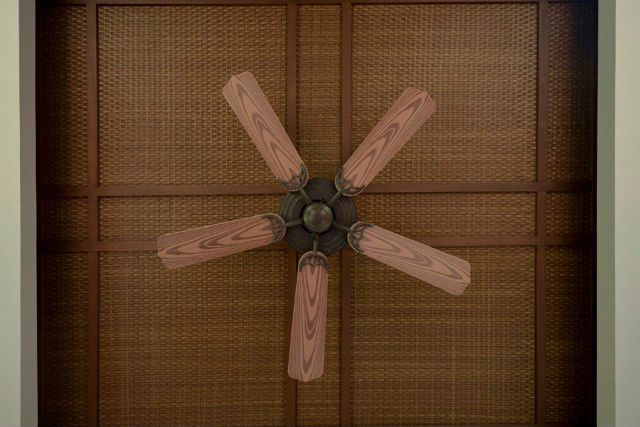
9. Landscape.
Let air pass through shaded areas to keep the air cool. Trees, if properly placed, can be used to cool incoming air. Vegetation can also be used to funnel wind and free air movement maintained around the structure.
Plants and grass also greatly reduce ground temperature, compared to hard surfaces like concrete which have more heat gain.
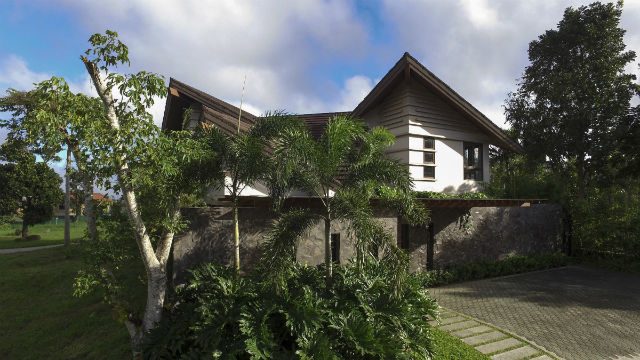
10. If all else fails, buy and use appliances wisely.
Despite having all these design features incorporated into your home, there really will be days that it’s just TOO hot anyway,” Gelo admits. And this happens more and more often in this age of climate change and global warming.
“If you have to use air conditioning regularly, consider investing in Inverter type air-conditioning combined with solar energy, which is getting more and more affordable as the years go by. Try looking for energy star-rated appliances, and minimize the use of energy sucks like mini-oven toasters and other heating appliances. Making energy-conserving changes to your lifestyle can help to balance things out.” – Rappler.com
Renovate your living space for a homier feel with the best Home & Living products at awesome deals right here.
Add a comment
How does this make you feel?
There are no comments yet. Add your comment to start the conversation.